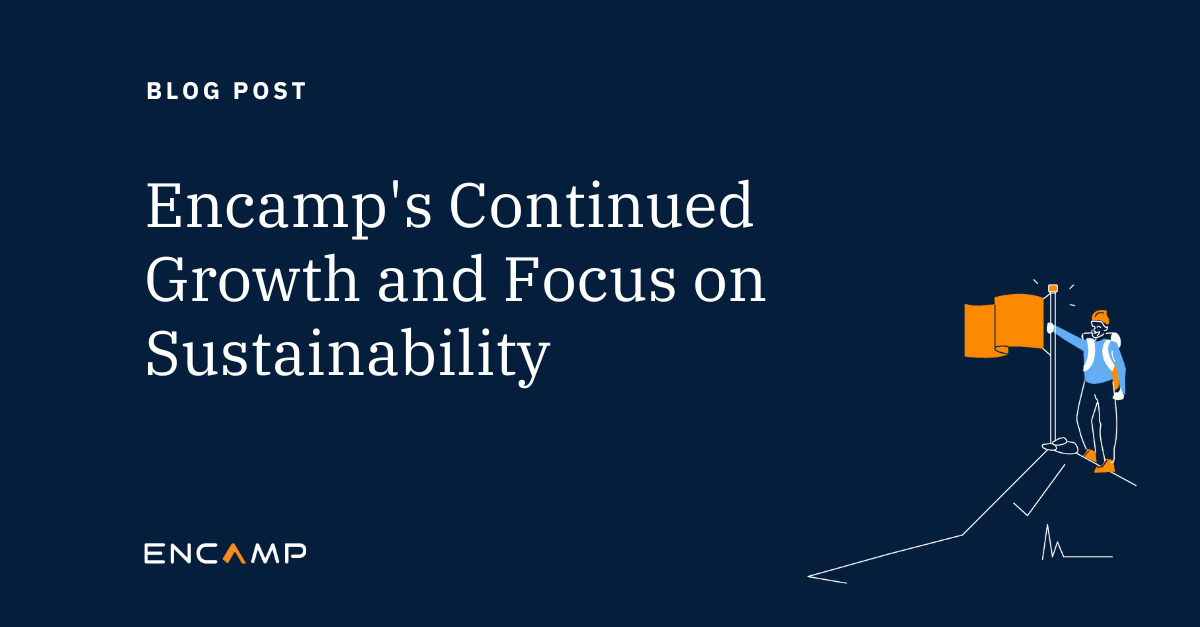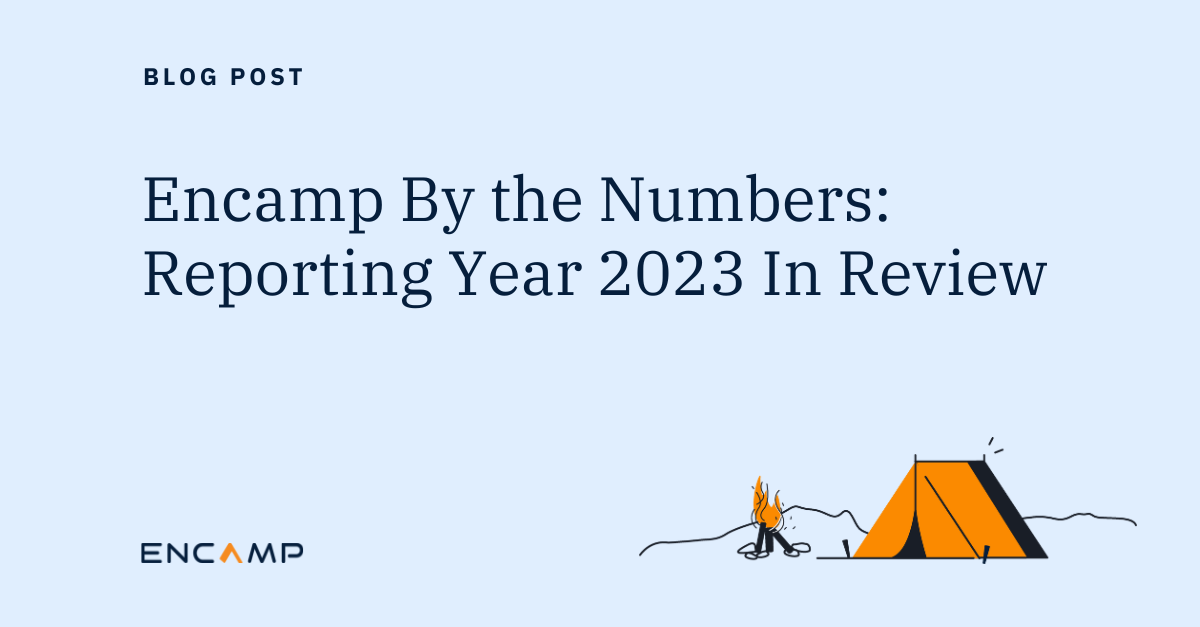In EHS program areas for environmental compliance, sustainability applies in two ways. Naturally the first is complying with regulatory requirements for hazardous chemicals and waste to contribute to a sustainable environment. The second, is making risk management and compliance reporting a more efficient and sustainable process for EHS operations.
Automated notifications and compliance reporting drive sustainability from both ends of this EHS program spectrum. As importantly, they provide a collective safeguard against non-compliance violations.
Reasons for Automated Notifications and Reporting
Tracking updates and notifications within EHS program areas
A notable obstacle for many enterprises with distributed facilities is tracking compliance updates and notifications specific to an EHS program area or regulatory level. Especially when sites are located in various states, monitoring changes in each facility on a continuous basis is demanding, if not impossible.
While updates to regulations and exceeding thresholds based on site-specific data are common triggers for notifications, so are actions such as adding or updating a facility’s emergency personnel and contact info. Outdated or incorrect facility contact information is in fact one of the most common errors for compliance reporting. Triggers like these and others can add up, which is where the value of automation for notifications comes in. (Read more in the Encamp eBook: Guided Environmental Compliance.)
By as much as 98%, based on Encamp customer data, automated actions reduce the number of facilities that are behind or out-of-date on compliance updates and notifications. Technology research firm Gartner offers additional insight on the value prop. For businesses in general, Gartner analysts predict that 70% of organizations will track data more rigorously for accuracy and quality in 2022, reducing operational risks and costs by 60%. Applied to EHS operations, reducing the risks of non-compliance and costly fines is always a positive.
Gartner analysts predict that 70% of organizations will track data more rigorously for accuracy and quality in 2022, reducing operational risks and costs by 60%.
– “12 Actions to Improve Your Data Quality”
To take advantage of automation, the most effective way is with technology that incorporates rules-based triggers and automates the process of recognizing necessary updates or notifications. Even better is when that technology also automatically submits updates or notifications in the right format and with audit-ready documentation.
Setting sustainability goals
According to Program Manager Katie Wascom of Encamp’s Compliance & Customer Success team, automated notifications can also serve other critical purposes.
“They can help tremendously in setting sustainability goals, especially regarding waste,” Katie said. “If an EHS team is able to accurately and timely capture chemical amounts on site (using notifications), including changes within a certain percentage, they can proactively tackle on-site management. This in turn sets the site up for success because they’re always prepared.”
Case in point: One chemical manufacturer and valued Encamp customer reported that “We were able to bulk upload chemicals, and add notifications for changes over 10% to notify (EHS staff) and have a meeting to discuss.” The notifications have helped the company identify potential threshold issues and address them accordingly.
“We were able to bulk upload chemicals, and add notifications for changes over 10% to notify (EHS staff) and have a meeting to discuss.”
– Large U.S. chemical manufacturer
Another potential aspect of goal-setting for sustainability comes from Julie Ragains, Encamp’s director of Customer Success and Fulfillment. “Imagine a notification to automatically alert you when something is quite different from your previous year’s report.”
The issue in such a case could be the amount being reported for a product that, when compared to the previous year’s compliance report, has increased or decreased below a regulated threshold. As Julie explained, in a scenario like this, an automated notification could conceivably help the company avoid a non-compliance violation for submitting inaccurate data in their latest Tier II report.
Automating task suggestions
A bit of background first on the Resource Conservation and Recovery Act (RCRA) for hazardous waste. RCRA requires such wastes to be properly managed from the point of generation — the “generator” — to the point of final destruction. Generator categories are based on the amount of waste generated per facility per month (i.e., a threshold).
An activity that causes a generator to exceed the threshold for its normal generator category for that month can be unplanned or planned. For an unplanned event, a company must notify regulatory authorities within 72 hours of the activity. When the event is planned, notification is required 30 days before. Jess Martin, a compliance program associate at Encamp who has an extensive background in RCRA, brought up the concept of automated task suggestions for when a generator exceeds their compliant generation limit.
“They could evaluate and either determine it was an unplanned episodic generation event and submit the proper forms for that,” she explained, “or completely update their generator status and submit necessary forms.”
Jess adds that tracking waste that’s generated, shipped, or both on a monthly or annual basis is instrumental in reaching sustainability goals. “You can’t track progress when you don’t have the data,” she said. For notifications, “the automation aspect could come from syncing with existing data pipelines, such as waste vendor data or internal waste tracking software.”
Improving Tier II reporting and data quality
Another common problem in many EHS program areas is data quality. Ideally, compliance data and Tier II reports should undergo QA/QC checks throughout the report compilation process. But the reality is that submissions are often hurried to meet due dates and quality goes largely unchecked. Are reports being filed with the right data? Going to the right agencies? In the right format? On time?
Along with standardizing processes and making them repeatable and sustainable across EHS program areas, automation reduces the “friction” of manual work — like pulling compliance data together from scattered sources and constantly checking the quality of information they have.
Within the reporting process, automation can be applied to:
Data collection
- Establish pipelines to collect data in a systematic manner for each EHS program area
- Develop a continuous process for data collection as well as monitoring
Data validation
- Use built-in data validation and QA/QC review checks throughout data collection and reporting to ensure completeness and accuracy
Task notifications
- Track reporting statuses and enhance collaboration to streamline task management
- Keep report compilation on track and submit compliance reports on time
Report submissions
- Push the right data to the right agencies in the right format
Some further numbers to confirm automation’s value: Based on Encamp’s customer data for reporting, automation helps them reduce the time to complete and file compliance reports by more than 90% — and often eliminates 100% of errors before they occur. Relatedly in a study by Smartsheet, with employees in multiple industries estimating that a quarter of their workweek is spent collecting, copying, and “cleaning data,” 66% said automation would help reduce data errors. And finally, a study from Gartner research has found that organizations believe poor data quality to be responsible for an average of $15 million per year in losses.
In more ways than one for the environment and EHS program sustainability, automation is invaluable.
Organizations believe poor data quality is responsible for an average of $15 million per year in losses.
– Gartner
Transforming the way enterprises stay in compliance
Encamp is on a mission to create a world where good for business can equal good for the environment. We help enterprises transform compliance programs and human processes into a technology-driven system that lays the foundation for accurate and ongoing environmental compliance through a blended method of intelligent high-tech solutions and high-touch expert support.
Tom Bailey
Tom is the Senior Content Writer at Encamp. And like all other Encampers, he’s in tune with the environment and what happens to it. He’s been writing about creative technology solutions for longer than he cares to admit.



